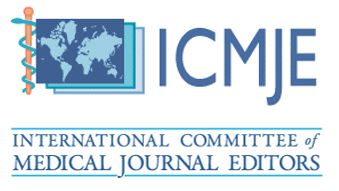Osseodensification: A Boon in Dental Implantology
Arpit Sikri1* and Jyotsana Sikri2
1Associate Professor & Post Graduate Teacher, Department of Prosthodontics, Crown & Bridge and Oral Implantology, Bhojia Dental College & Hospital, Budh (Baddi), Teh. Baddi, Distt. Solan, Himachal Pradesh, India
2Associate Professor & Post Graduate Teacher, Department of Conservative Dentistry & Endodontics, Bhojia Dental College & Hospital, Budh (Baddi), Teh. Baddi, Distt. Solan, Himachal Pradesh, India
*Corresponding Author: Dr. Arpit Sikri, Associate Professor & Post Graduate Teacher, Department of Prosthodontics, Crown & Bridge and Oral Implantology, Bhojia Dental College & Hospital, Budh (Baddi), Teh. Baddi, Distt. Solan, Himachal Pradesh, India.
Received: September 15, 2022 Published: September 28, 2022
A new technique for biomechanical bone preparation before placing dental implants is known as osseodensification (OD). Low plastic deformation of the bone, caused by rolling and sliding contact with a densifying bur that is fluted to densify the bone with a little heat elevation, is what makes the process distinctive. Huwais 2013[1] invented the bone non-extraction approach known as OD, which involves preparing an osteotomy while employing the burs (DensahTM burs) that have been precisely engineered to help densify the bone. These burs offer benefits of both osteotomes by combining speed and better tactile drill control during osteotomy. Standard drills remove bone during implant osteotomy, however, osteotomes frequently result in fracture of the trabeculae, delaying secondary implant stability and further necessitating extended remodeling time. During osteotomy preparation, the Densah burs enable bone preservation and condensation through compaction autografting, increasing bone density around the implant, and enhancing its mechanical stability [2]. To allow strains in the walls of the osteotomy to reach or go beyond the bone microdamage threshold, traditional drills must first remove a significant amount of bone. This damage must then be repaired by the bone remodeling unit for more than 12 weeks. Therefore, OD will aid in maintaining the bone volume and increasing the bone density, thereby decreasing the healing time.
Citation: Sikri A, Sikri J, Ambekar AS, Bhutada PB. “Osseodensification: A Boon in Dental Implantology”. SVOA Dentistry 2022, 3:5, 220-222.











